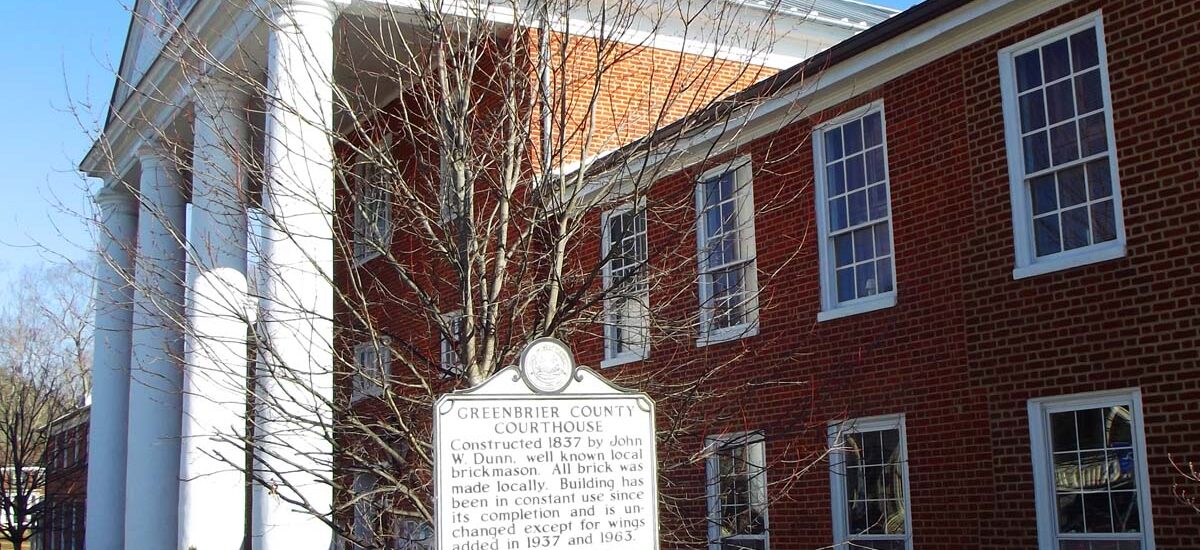Welcome to Greenbrier, the beating heart of Greenbrier County in West Virginia. As you explore this historic county seat, let’s delve into its rich past and the stories that helped shape not only this community but also the broader tapestry of West Virginia.
Greenbrier County, established in 1778, was named after the Greenbrier River, a scenic waterway known for its lush banks. Early settlers in the area were primarily Scotch-Irish, who brought with them a spirit of resilience and a deep appreciation for the land. The county seat, Lewisburg, was named in honor of Andrew Lewis, a prominent figure in American history. Lewis was a military leader during the American Revolution and played a crucial role in the Battle of Point Pleasant in 1774, a pivotal confrontation in the lead-up to the Revolutionary War.
Throughout the 18th and 19th centuries, Greenbrier County was at the crossroads of American expansion, seeing travelers and traders pass through on their way to the western frontier. The construction of the Midland Trail, modern-day U.S. Route 60, was a significant development. It connected the area to other parts of the state and facilitated economic growth and cultural exchange.
One of the most remarkable places within Greenbrier County is the Greenbrier Resort in White Sulphur Springs. The resort has been a symbol of luxury and leisure for centuries, hosting 26 U.S. presidents and numerous celebrities. During World War II, the resort was used as a hospital, and later, during the Cold War, it housed a secret bunker intended for Congress in the event of a nuclear attack.
An influential figure closely tied to Greenbrier is James Conley Justice II, a businessman and politician who served as the governor of West Virginia and is currently a U.S. Senator. Justice owns the Greenbrier Resort and has been a significant figure in the state’s economic landscape.
As you walk the streets of Greenbrier County, consider how this place has evolved from a frontier settlement to a hub of culture and politics in West Virginia. Today, the county continues to thrive, balancing its historic charm with modern growth, making it a vibrant location for both residents and visitors.
In conclusion, Greenbrier County is more than just a scenic destination; it’s a testament to the enduring spirit of its people, a place where history and progress go hand in hand. Whether you are here to explore its natural beauty, delve into its past, or simply enjoy its community, Greenbrier offers a unique window into the American experience.






